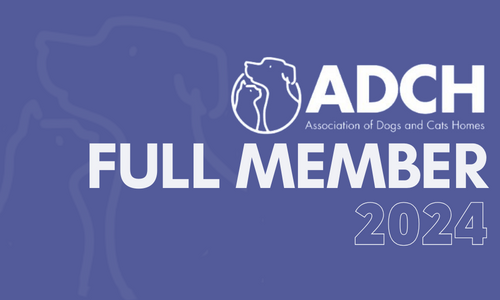Giant Breeds and their Exercise Needs
When welcoming a giant breed dog into your home, understanding their exercise needs is crucial for their health and happiness. Despite their size and strength, it's essential to approach their physical activity with a mindful strategy that balances their need for movement with the risk of overexertion, especially for breeds historically known as mountain dogs. These imposing breeds may carry the lineage of working in rugged terrains, but their day-to-day exercise requirements must be carefully managed to avoid strain and ensure they maintain optimal fitness.

Recognising the Unique Needs of Giant Breeds
Giant breeds, with their impressive stature and often calm demeanour, have specific exercise needs. Their large frames and heavy bone structure mean that too much exercise, particularly at a young age, can put undue stress on their joints and bones. This is especially true for puppies and young dogs whose growth plates have not yet fully closed. A tailored exercise plan is key to preventing issues like hip dysplasia and arthritis, conditions to which they are predisposed due to their size.
Crafting the Perfect Exercise Regime
Adult and Puppies' needs are different: Adult St Bernards need to be exercised every day even though their needs are moderate in this regard. Daily walks of 30 to 60 minutes at a steady pace are ideal. You may need to divide the 60 minutes of daily exercise into 3 shorter walks of 20 minutes each, along with some very short runs to increase their heart rate. Be aware however that puppies and adolescent St Bernards need a different, less strenuous regime. Although they grow fast, St Bernards are not physically mature until they are about three years old. Before this, strenuous workouts can have potentially damaging effects on their joints.
About 15.5% of all puppies are born with hip dysplasia. The concern is especially prevalent in giant dog breeds, making it crucial to be extra careful. It is vital to go easy when running and jumping and only provide low to moderate-intensity exercises. Puppies only need five-minute workouts per month of age. An eight-week-old puppy requires no more than ten minutes of exercise. At 16 weeks, they need only 20 minutes of moderate-intensity workouts. Past this age, split the exercise sessions and keep each at 20 minutes maximum.
Start Slow: For giant breed puppies and newly adopted dogs, start with short, gentle walks to gauge their fitness level. Gradually increase the duration and intensity of exercise based on their individual response.
Avoid High-Impact Activities: Jumping, running on hard surfaces, and other high-impact activities can be harmful to a giant breed's joints. Instead, opt for low-impact exercises such as walking on soft, grassy surfaces or swimming, which allows them to move freely without the stress on their joints.
Frequent, Moderate Exercise: Instead of one long walk, consider several shorter sessions throughout the day. This approach helps maintain their physical condition without overtaxing their bodies.
Mental Stimulation: Physical exercise is just one part of the equation. Mental stimulation is equally important for giant breeds. Incorporate training sessions, puzzle toys, and games.
Monitor for Signs of Overexertion: Be vigilant for signs that your dog is getting too much exercise. Symptoms such as excessive panting, lagging behind, or reluctance to continue walking can indicate that it's time to take a break
Consult with a Professional: Work with your vet or a professional dog trainer experienced with giant breeds to develop an exercise plan that’s tailored to your dog’s health, age, and energy level. They can offer guidance on the best types of activities and how to safely increase exercise intensity.


The Role of Diet in Exercise and Fitness
Nutrition plays a pivotal role in the overall health and exercise regimen of giant breed dogs. A balanced diet that's appropriate for their age, size, and activity level is essential to support their energy needs and joint health. Supplements such as omega-3 fatty acids, glucosamine, and chondroitin can also be beneficial for joint support, but always consult with your veterinarian before adding any supplements to your dog's diet.



